1. The adolescent brain
1.1. Brain and Development Lab, Leiden University
1.2. More information
1.3. http://www.socialsciences.leiden.edu/psychology/organisation/dev/staff/crone.html
1.4. http://www.kijkinjebrein.nl/#/intro
2. intro
2.1. adolescent
2.1.1. todays youth
2.1.1.1. get into trouble
2.1.1.2. rebelious
2.1.1.3. how to deal with them
2.1.1.4. connected too 100s of others on the web
2.1.1.5. big discussion in Netherlands
2.1.1.6. today's paper
2.1.1.6.1. how to deal with kids when they argue with teachers
2.1.1.7. example
2.1.1.7.1. see Romeo & Julliet
2.1.1.7.2. also during Greek time
2.1.2. maybe it is not so specific
2.2. a specific challenge
2.2.1. during once age
3. adolescent
3.1. difference
3.1.1. increase in behaviour
3.1.2. take risk
3.1.2.1. trouble
3.1.3. health paradox
3.1.3.1. stronf physics
3.1.3.2. mortality rate goes up 200 to 300%
3.1.3.3. get into accidents
3.1.3.4. more information at the National Healt Academic Press
3.1.4. increase in social fears
3.1.4.1. negative reactions
3.1.4.2. public speaking anxiety
3.1.4.3. more focus on importance of peers
3.1.4.4. focus shifts from paretents to peers
3.1.4.4.1. less for society
3.1.4.5. other perspectives
3.1.5. explorer what is going on in the field of romance
3.2. special transitions
3.2.1. whats starts
3.3. trajectory to grow into adulthood
3.3.1. takes up some years
3.3.2. phase is also in non industrial cultures
3.3.3. lenths differs accross cultures
3.3.4. starting point is puberty
3.3.4.1. start at 8 up till 14/15
3.3.4.2. change in hormone systems
3.3.4.3. physical presence
3.3.4.4. silly behaviour
3.3.5. second stage is adolescense
3.3.5.1. end phase is: when someone is an adult
3.3.5.2. see US
3.3.5.2.1. drive at 16
3.3.5.2.2. drink at 21
3.3.5.3. NL
3.3.5.3.1. drive at 18
3.3.5.3.2. drink at 18
3.4. new insights in adolesense
3.4.1. examine brain development
3.4.1.1. deeper lever of explanations
3.4.2. brain imagine technique
3.4.2.1. MRI
3.4.2.1.1. non invasive
3.4.2.1.2. save
3.4.2.1.3. what is the structure
3.4.2.1.4. also ask perform tasks
3.4.2.1.5. see what happens when they make decissions
3.5. matter
3.5.1. gray
3.5.1.1. develops over time
3.5.1.2. overproduction
3.5.1.3. pruding
3.5.1.3.1. some parts eliminated
3.5.1.4. efficient paths
3.5.1.4.1. some paths are fading away
3.5.2. childer & adolescense
3.5.2.1. are more creative
3.6. neurons
3.6.1. rationalthinking
3.6.2. social reasoning
3.6.3. emotions are processed
3.6.3.1. are full of receptors of emotions
3.6.3.2. in puberty these emotions are more intensified
4. new research methods
4.1. have kids participated in studies
4.2. examine during tasks
4.2.1. learn
4.3. conlusion
4.3.1. first
4.3.1.1. learn about risks
4.3.1.2. brain is developping also after 9 up till 20's
4.3.1.2.1. much longer than early 20's
4.3.2. 2nd
4.3.2.1. 80% end puberty without serious risks
4.3.2.2. next TEDxevent only with adolescense
4.3.2.3. great
4.3.2.3.1. changes
4.3.2.3.2. oppportunities
4.3.2.4. also
4.3.2.4.1. risks
4.3.2.4.2. sensitivities
4.4. 3 year ols needs us (parents)
4.4.1. but also adolenscents needs us (parents)
4.5. november 20th
4.5.1. gather with kids under 20
4.5.2. TEDxYouth
4.5.3. visited NeMo
